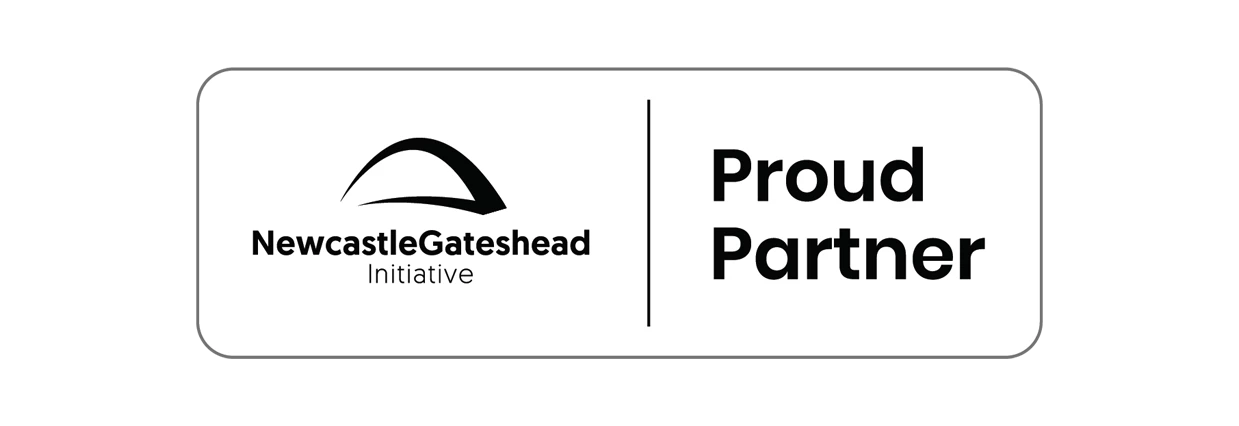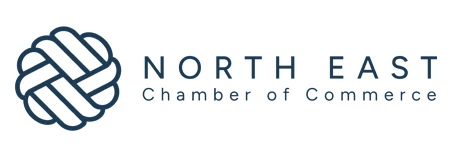Partner Article
Keeping the business outcome in view is key
When running a change management programme, too frequently the only meaningful measure of success is the degree of failure, budget over-run and delay, writes David Walton, CEO, Bestoutcome.
Part of the problem is the way in which change projects are managed. The board will often delegate responsibility for delivery of the programme and then simply content themselves with regular progress reports, which typically they don’t understand anyway. In particular, the CEO becomes disengaged, which has a knock-on effect across the board.
Secondly, the programme, which perhaps started with a single over-arching and clear business objective, soon dissolves into a series of projects, which in turn give rise to more projects. The focus then tends to be on project management, with goals and milestones within this project framework.
These issues drive an almost permanent wedge between the overall, original objective of any change programme and the project management process, which has grown out of all proportion. Indeed, the programme itself tends to be overlooked as project management becomes the focal point for measurement of progress. In a sense, this makes failure, or at least a degree of failure, inevitable. As soon as the original business objective becomes obscured by a focus on project management alone, then the programme loses its overall direction and purpose. For this reason it’s important to create a hierarchy of milestones so that managers can see the impact that one missed may have on others, as well as other elements.
Another common problem with project management is that it encourages a silo mentality. Matters are made even worse if managers are given reporting tools that allow them to obscure the real status of their projects and conceal delays and milestone failures. There is usually nothing sinister about their motives; they are simply protecting themselves by deciding to keep a problem in the background while they deal with it, rather than declare it openly.
So, the starting point for any outcome-driven programme is a methodology and project management solution that’s totally transparent and leaves no opportunity for opacity.
The second key element is to base the programme around the original business objective. This helps solve the issue of lack of top-level leadership and commitment. It’s a simple fact that CEOs will be much more engaged with a programme if they can chart its progress towards the original business objective.
They will become acutely aware of the risk of failure and what impact that might have on shareholder value.
The bottom line is that change management needs a good injection of rigour and common sense if it is to regain a proper sense of collective mission and expectation of success driven from the top of organisations. We have grown far too used to the false idea that degrees of failure stemming from deep inside project portfolios are acceptable and normal.
This was posted in Bdaily's Members' News section by Bestoutcome .
Enjoy the read? Get Bdaily delivered.
Sign up to receive our popular morning National email for free.








 The real cost of tendering for construction SMEs
The real cost of tendering for construction SMEs
 A welcome step forward – but let’s keep pushing
A welcome step forward – but let’s keep pushing
 Industrial strategy 'can drive business forward'
Industrial strategy 'can drive business forward'
 Industrial strategy 'can be game-changer we need'
Industrial strategy 'can be game-changer we need'
 Driving skills forward with near £100,000 boost
Driving skills forward with near £100,000 boost
 What pension rule changes could mean for you
What pension rule changes could mean for you
 North East can't be an afterthought in AI future
North East can't be an afterthought in AI future
 Understanding the impact of the Procurement Act
Understanding the impact of the Procurement Act
 Is the UK losing ground in life sciences investment?
Is the UK losing ground in life sciences investment?
 Construction workforce growth can't be a quick fix
Construction workforce growth can't be a quick fix
 Why it is time to give care work a makeover
Why it is time to give care work a makeover
 B Corp is a commitment, not a one-time win
B Corp is a commitment, not a one-time win